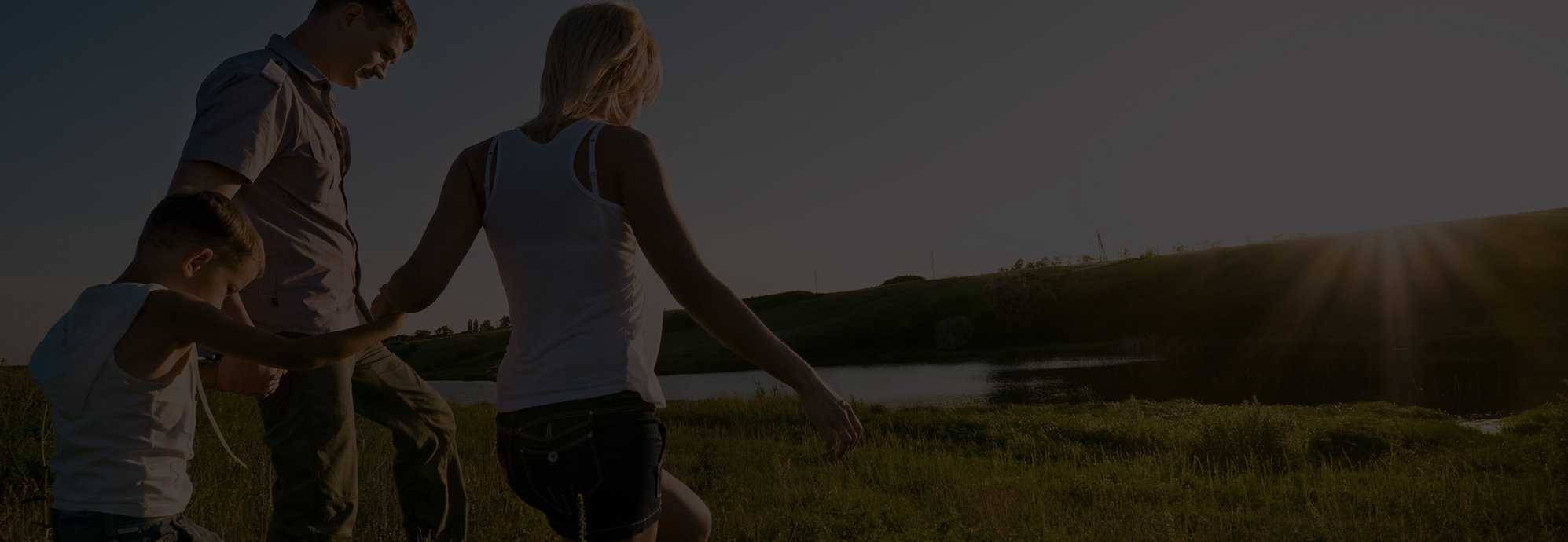05 Mar Physiotherapy and injuries to children

Children are not small adults, so when they injure themselves we look to manage them differently from adults. How different this management is depends partly on their age, but also their previous injury history and level of maturity.
For many children involved in sport, their first injury that interferes with them playing is the end of their world. Due to them not having much life experience, not being able to play, even if it’s just for a short period of time, can be devastating. They haven’t the experience of tissue healing and how long strengthening can take, so any time seems forever. This can become even worse if they are trialing or have just been selected for some representative team. They can’t see that the missing out on the U12’s is not the end of their chances to make the All Blacks, Silver Ferns or other National teams. (Statistically it won’t have any effect).
As a sports physiotherapist my aim is always to get people back to their sports as quickly as possible. I also have the goal of getting them back as safely as possible, not just for the next game, but also for the rest of their season or career. This sometimes appears to clash with what the child or parent thinks the goal is. Education at a level they can understand is therefore an important first stage of any rehabilitation program. Agreeing and understanding what and why we are planning is vital in going forward.
Children may appear to be good healers, but they don’t have the tolerance for activity that a mature body has. This means finding the level of activity they can do while recovering is important. They may think that they can push through the pain and keep going, but what this often does is lengthen the rehabilitation time. Often, especially with the younger children, it’s best just to stop activity and get better, then plan a return to sport. Generally though, it is good for both mental and physical recovery to keep doing some activity. However, too much total activity, not necessarily just specific sporting activity, will worsen or at the best slow the healing and delay recovery. A decision needs to be made, and adjusted accordingly, as to how much is good and how much is harmful, and this needs to be stuck too. There is nothing more frustrating than having a setback because you tried too much too soon.
Rehabilitation typically has two components – some hands-on work, and some exercises. For the older children exercises are easier to prescribe as they can usually understand they just need to be done. Variety where possible makes life easier. With the younger child motivation and interest is the challenge. Their exercises need to be more game style activities with lots of variety. This is probably more a challenge to us as a therapist. Finding something they can do which provides the input to the healing area while keeping them happy is the key.
The hands-on part can be a bit scary for all ages. This is especially so after something like a broken bone. Concern that it will hurt or even break again is a valid concern for them, and often their parents. The first session may therefore be just gaining confidence between the therapist and the child that things won’t hurt (too much) or fall apart. Understanding and working within the child’s tolerance is important. Failing to do this can affect future rehabilitation success.
The final part of the process is getting them back playing. This is one thing we probably don’t do as well at a younger age. We know that after time off, a quick return to playing often causes a new injury. This is because the body has overall become weaker and less tolerant to physical activity, due to activity levels being lower when injured. A quick return to play often puts large stresses on areas that haven’t done a lot over the last few weeks. This can cause a new injury. Keeping as active as sensibly allowed helps negate this to some degree, but care returning to sport is import. It is however hard to convince a child (and many adults) that they still can’t play when they are moving well and pain free.
The last comment, that could also be the first comment, is do children actually need physiotherapy for their injuries when they usually heal well anyway? Being biased I would say it is definitely of value. Typically, the rehabilitation pathway leads to many ending up stronger, or having improvements in their sporting ability. Even though it isn’t seen as such at the time it is a great life experience to go through. The ability to see yourself heal and get better helps with recovery in any future injuries. They also start to learn about their body and how it works, or occasionally doesn’t work too well, which is an important part of athletic development.
Hamish Ashton – Senior Physiotherapist The Lakes Clinic


Sorry, the comment form is closed at this time.